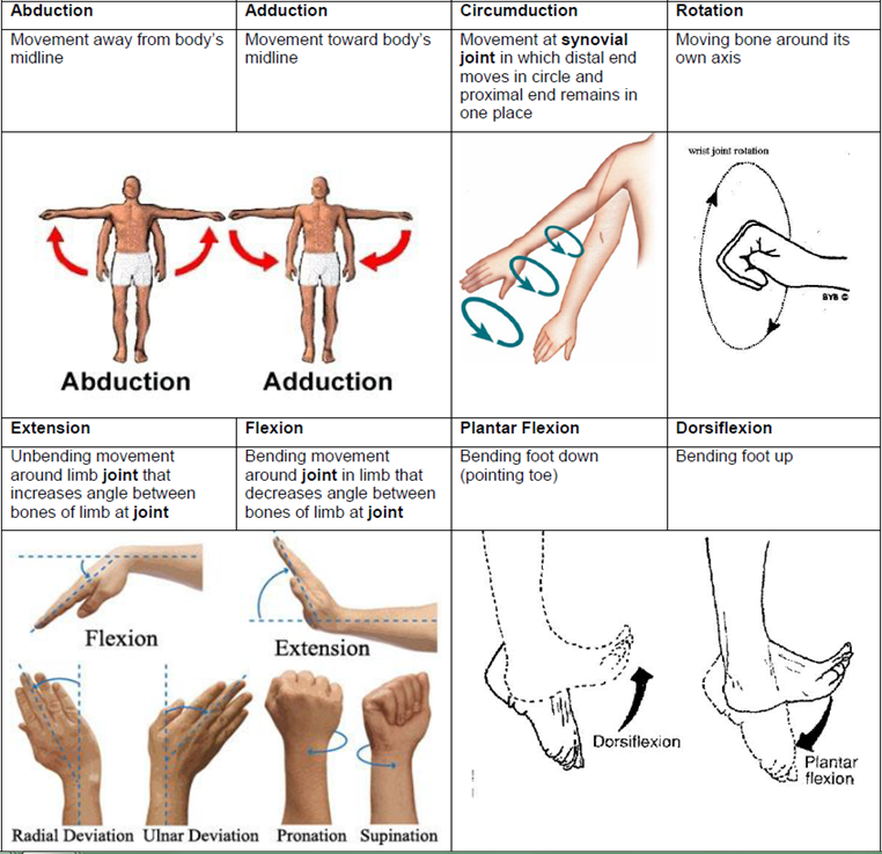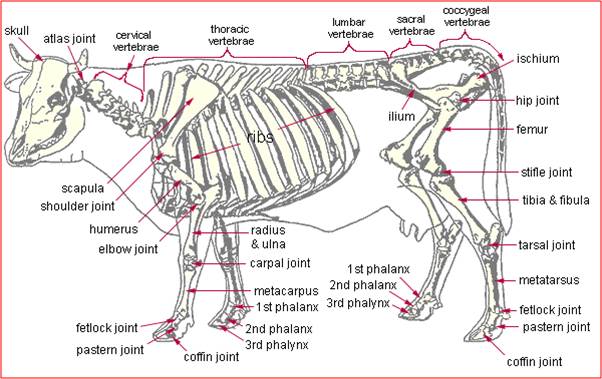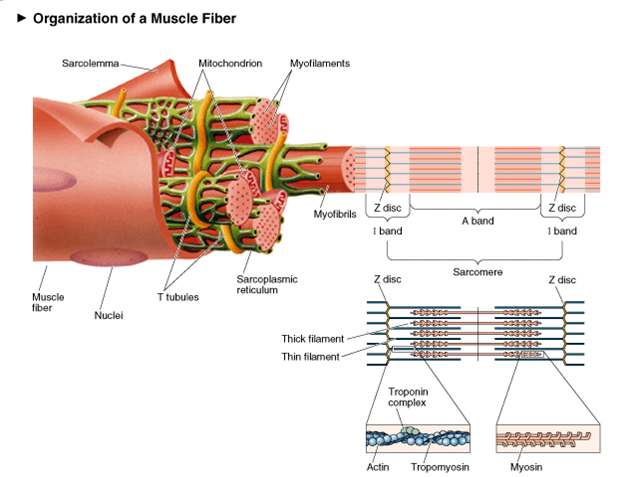Unit 4: Movement |
In unit four, students investigate the movement of the human body as well as of substances within the body. Students dissect a joint to visualize the connection between skeletal muscle and bone. By building muscle groups on a skeletal model, students learn how a muscle’s structure is directly related to its function and to the actions it can produce. Students design experiments to test the requirements for muscle contraction and create models to show relaxation and contraction of the sarcomere. A study of blood flow illustrates the roles smooth and cardiac muscles play in the transport of substances around the body. At the end of the unit, students combine information about power and movement to describe how the body fuels and responds to exercise. Playing the role of biomedical
professionals in a combined medical practice that caters to athletes, the students design a comprehensive training plan for an athlete. The plan includes all aspects of training, from diet and exercise hydration and injury prevention.
professionals in a combined medical practice that caters to athletes, the students design a comprehensive training plan for an athlete. The plan includes all aspects of training, from diet and exercise hydration and injury prevention.


